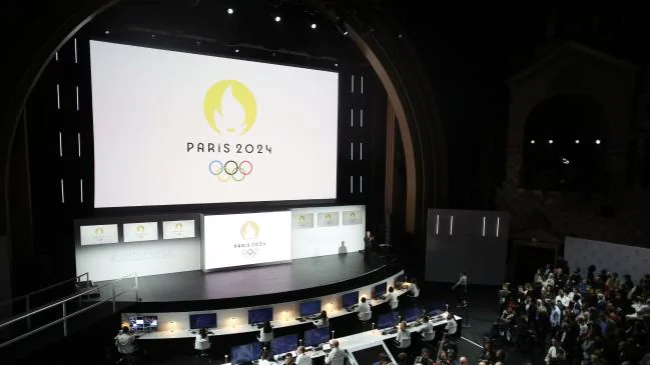
This article is more than
9 year old
Rio Olympics 2016
3 min read
What is cupping?
(CNN) - Those dark red spots dotting Olympians' shoulders and backs are not cigar burns. They're not perfectly circular hickeys either.
Viewers watching the Olympics this weekend may have spotted the pepperoni-like bruises on athletes and wondered: What is that?
The therapy consists of having round glass suction cups that are warmed, then placed on sore parts of the body. The placement of the glass cup creates a partial vacuum, which is believed to stimulate muscles and blood flow, while relieving pain.
Michael Phelps, US gymnast Alex Naddour and Belarus swimmer Pavel Sankovich have all posted pictures of their polka dotted limbs and backs.
Sankovich wrote earlier this summer on his Instagram account: "Cupping is a great recovery tool," with a photo of his thighs covered in suction cups. Former Olympic swimmer Natalie Coughlin has also previously posted pictures of herself going through a cupping therapy.
Phelps showed snippets of his cupping therapy on his Instagram as well as his Under Armour commercial.
It's not the first time cupping has made the rounds. Celebrities like Jennifer Aniston, Gwyneth Paltrow and Jessica Simpson have all been spotted with the marks in previous years.
Cupping is not new, it's ancient
The practice of cupping has been mentioned in ancient Greek and Egyptian texts.In traditional Chinese medicine, cupping dates back at least 2,000 years, according to a 2012 analysis published in the journal PLOS One. It is believed to restore the flow of "qi" -- the life force.
In recent years, cupping therapy has been used for people suffering all sorts of ailments including shingles, facial paralysis, cough and difficulty breathing and acne. But cupping is most commonly used to treat pain, according to the analysis.
One small study on cupping found that the cupping marks generally fade after two to four days.
What does the evidence say?
In previous studies, cupping has been used for treating cancer pain and lower back pain. In both of the randomized clinical trials, groups that received the cupping therapy reported more favorable effects in pain relief.But this is just two trials with small sample sizes, so the researchers wrote in 2011 that it's hard to "draw firm conclusions" based on limited data, in a review published in Evidence-Based Complementary and Alternative Medicine.
Most published studies, however, focus on wet cupping, which is a form of medicinal bleeding. In this process, the skin is cut and the blood is pooled into the suction cup.
Based on social media photos, the athletes have opted for the non-bleeding therapy, which is known as dry cupping.
So far, the repeated effect of cupping therapy over time is not known, but it's generally believed to be safe, according to research published in 2012.
Olympians like fads, too
Every Olympics seems to have trendy items meant to help athletes, from high-tech swimsuits to the bright kinesio tape that made a scene in the London 2012 games. The tape appears to be back in Rio.Unlike athletic tape, kinesio tape is thin and pliable, and meant to keep injured joints from bending to prevent further injury. The tape is used to prevent excessive protraction injuries, for example, shoulder problems from activities including playing tennis.
But the scientific evidence on kinesio tape is thin, according to a review published in the journal The Physician and Sportsmedicine. Studies showed that it improved pain and range of motion shortly after the injury, but the tape didn't make a difference in the long run.
Follow
Advertisement




